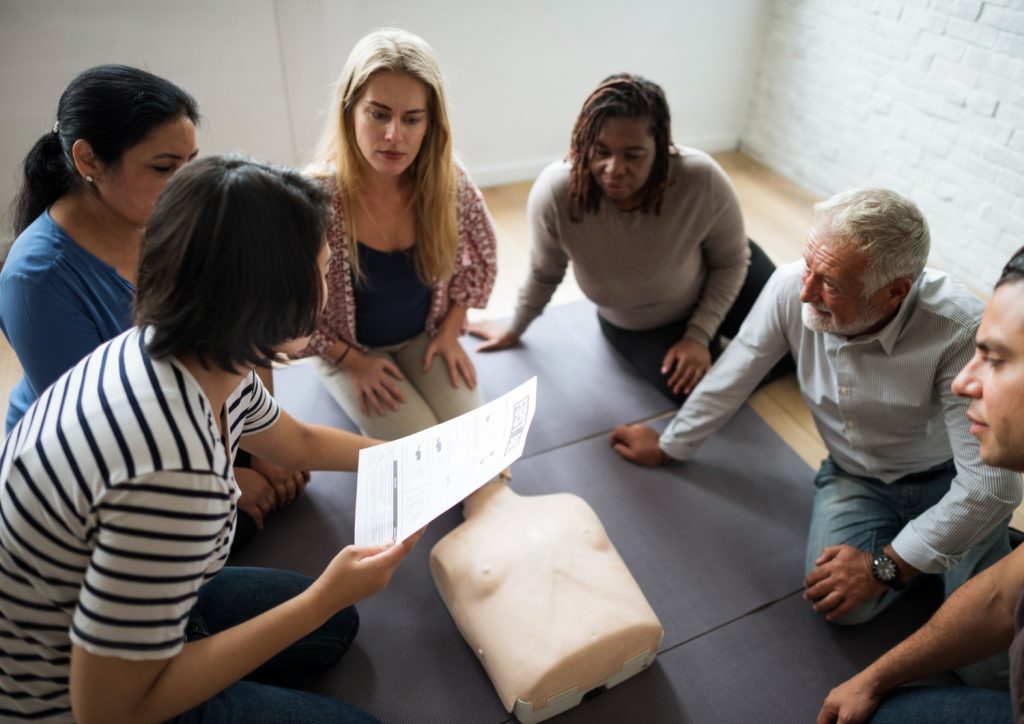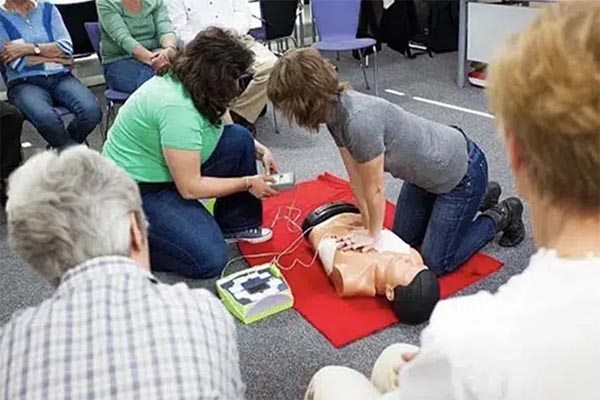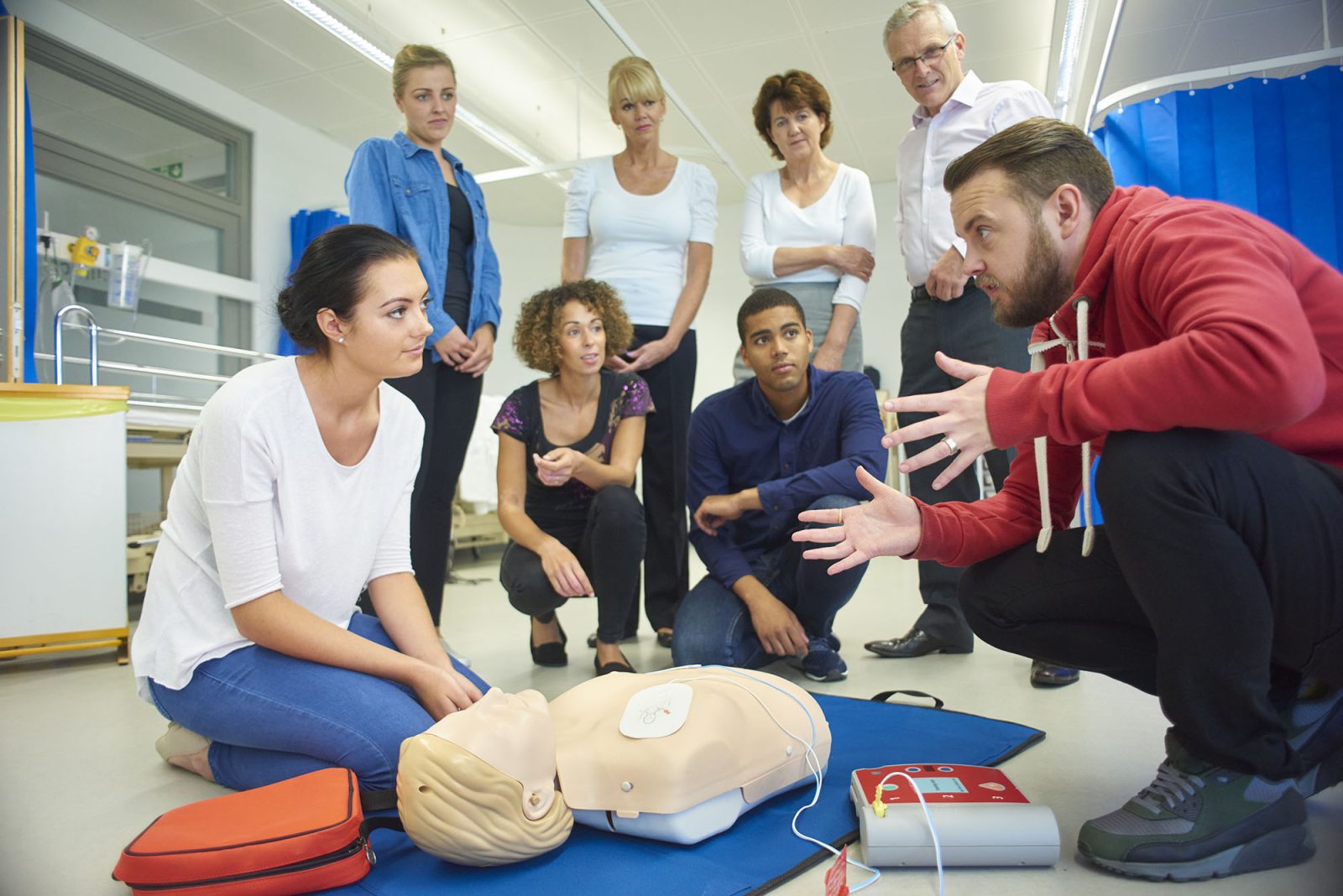
In times of emergency, knowing basic first aid skills can make a significant difference. Whether you’re at home, at work, or on the go, being equipped with these skills can help you act promptly and effectively. First aid is not just for medical professionals; it’s for everyone. In this article, we’ll discuss the top five first aid skills everyone should know to provide essential emergency care and enhance survival skills.
Cardiopulmonary resuscitation (CPR) is a lifesaving technique used in emergencies when someone’s breathing or heartbeat has stopped. It is crucial in situations such as drowning, heart attacks, or sudden cardiac arrest. Knowing how to perform CPR can double or triple the chances of survival for someone experiencing cardiac arrest.

Minor cuts and scrapes are common and can occur anywhere. Proper treatment is essential to prevent infection and promote healing.
Burns can occur from hot surfaces, liquids, or fire. Knowing how to treat burns promptly can prevent further damage and reduce pain.
Choking occurs when an object blocks the airway, making it difficult to breathe. Quick action is critical.

Shock is a life-threatening condition that occurs when the body is not getting enough blood flow. It’s crucial to recognize the signs and provide immediate care.
Knowing these basic first aid skills can prepare you to handle a range of emergency situations. By learning CPR, treating cuts and burns, managing choking, and recognizing shock, you can provide critical care when it’s needed most. Consider taking a certified first aid course to further enhance your skills and confidence in handling emergencies.
Remember, being prepared isn’t just about having a first aid kit; it’s about knowing how to use it effectively. Your actions could save a life.
Equipped with the knowledge of these essential first aid skills, you are one step closer to making a real difference in emergency situations. To further enhance your ability and confidence in dealing with such scenarios, consider enrolling in CPR and First Aid classes. At CPR Classes Near Me, you will receive hands-on training from experienced instructors, allowing you to practice and perfect lifesaving techniques. By completing these courses, not only will you be better prepared to respond in a crisis, but you’ll also be empowering yourself to save lives and support your community. Don’t wait until an emergency occurs—sign up for a class today and be proactive in safeguarding the well-being of others.
Our primary goal is to ensure that you receive a top-quality CPR/First Aid certification. With our in-person training in Austin, you can learn CPR and BLS in just one class. Your presence is all that’s needed to continue with your lesson! During your session, you will complete all the live-training components necessary to ensure you receive your AHA Healthcare Provider certification card.
Our CPR Classes in Austin are discounted to $59.95 (saving you $20), and our CPR + First Aid Class is offered at $79.95 (also saving you $20). When looking for CPR Classes, ensure to check for the American Heart Association seal. Other sites might seem cheaper but frequently lack the official training credentials demanded by employers.
Upon successful completion of the course, you will obtain a CPR certification that is valid for two years. The AHA CPR certification is recognized with the highest acceptance rate among employers nationwide.
Indeed! Enroll in any CPR Certification Austin BLS course to extend your certification for an additional two years. The in-person BLS course and the Renewal Class are identical.
Anyone capable of completing the course independently should consider pursuing CPR training and CPR Certification. There is no minimum age restriction for obtaining a CPR certification in Austin through the American Heart Association (AHA)..
CPR training needs to be carried out in person to guarantee its effectiveness. Our experienced instructors offer an engaging and dynamic learning experience. Typically, employers do not recognize CPR certifications that are obtained solely through online courses.
All authorized American Heart Association training centers are obligated to display the entire video. After a three-hour session with CPR Classes Near Me Austin, your BLS CPR eCard will be promptly issued by the instructor on the same day!